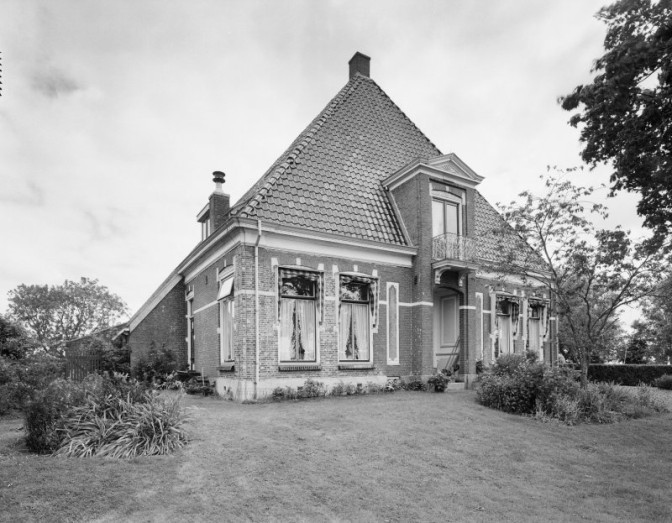I listened to a presentation by Sue Adams about our farming ancestors, and she talked to the difference between ownership and occupation. You can own a house where you do not live, and you can live in a house you do not own. Similarly, you can own land you do not farm, or farm land you do not own.
Ownership creates different records than occupancy. Typically, ownership creates more records, and tenants or people who lease land can be harder to trace. My recent article “Four Farms Four Names” in the March 2022 NGSQ illustrates how to trace tenants.
Knowing whether your ancestor owned or occupied the property can help you plan your further research. Here are some records associated either ownership or occupation in the Netherlands.
Ownership
- Cadastral records like original indicator tables
- Notarial records documenting purchase and sales of land
- Some tax records, like property tax records and death duties files.
- Manorial records, including purchase deeds archived in the owners’ records.
Occupancy
- Population registers
- Census records
- Notarial records documenting leases and rents
- Some tax records, like mill tax records
- Manorial records, including leases or tenancy contracts.

Farm in Goënga, Friesland. Credits: Rijksdienst Cultureel Erfgoed (CC-BY-SA)

